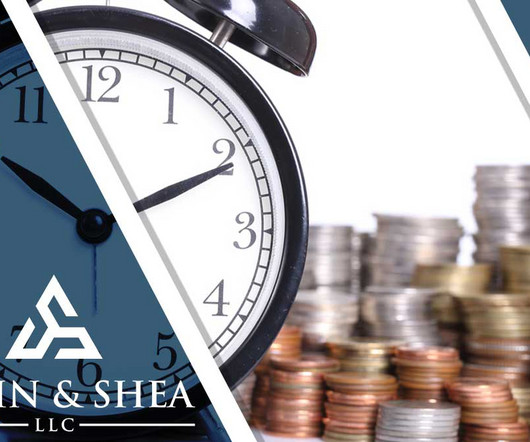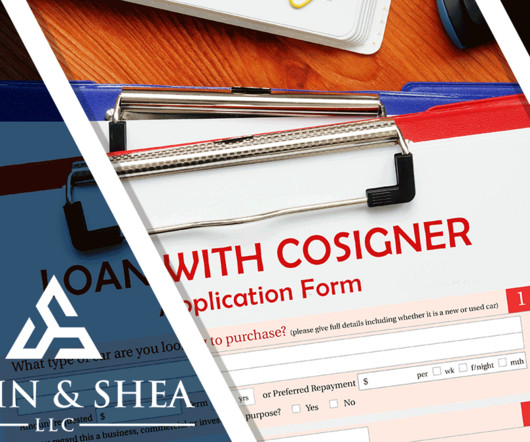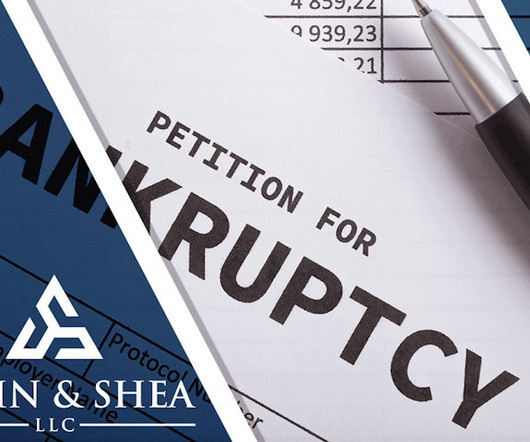Automatic Stay Timeline
Sawin & Shea
DECEMBER 21, 2023
For debtors, the automatic stay provides critical breathing room to address financial issues under bankruptcy court protection. It is one of the fundamental debtor protections under the Automatic Stay in the Bankruptcy Code. Within 30 days of filing bankruptcy, a debtor must file a Statement of Intent regarding secured property.


















Let's personalize your content